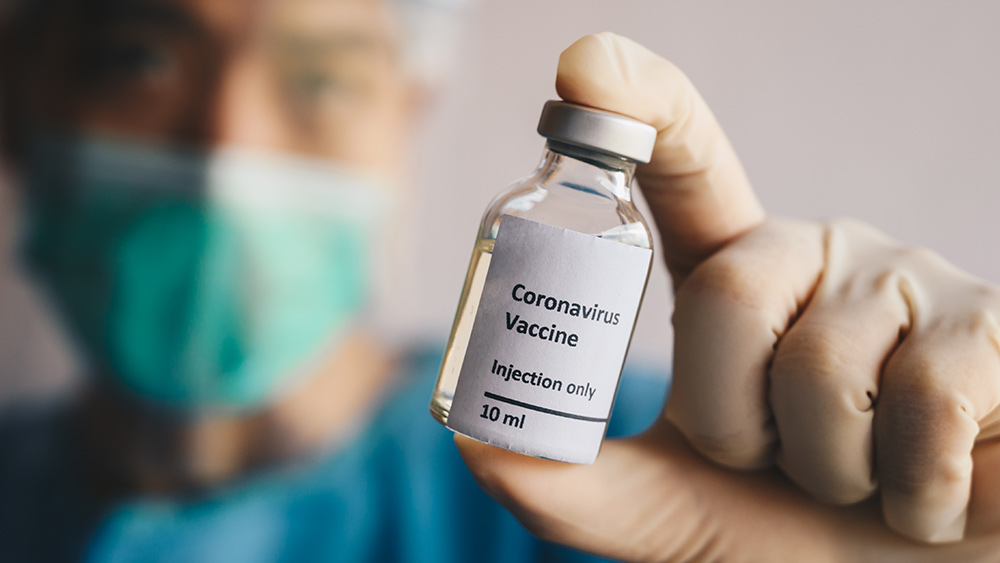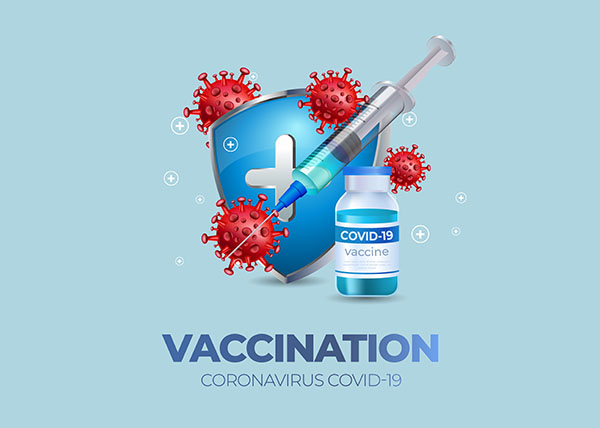New study finds vape mouthpiece is a bacterial hotspot 3,000 times dirtier than a toilet
11/20/2025 / By Ava Grace

- A new study found that a vape mouthpiece can accumulate bacteria and fungi at a rate 3,000 times higher than a typical public toilet seat.
- Within just two to three days of simulated use, researchers observed an “explosive” growth of microbes, with the mouthpiece reaching approximately 150,000 colony-forming units.
- The contamination includes bacteria like Staphylococcus and more alarmingly, fecal-associated bacteria such as E. coli and Enterococcus, which are transferred from hands and surfaces.
- The study’s lead microbiologist and the involved retailer now recommend cleaning the entire vape device with an antibacterial cloth or alcohol wipe every three days, stating that the common advice of once a week is “far too long.”
- Beyond the long-term chemical risks of vaping, this discovery highlights a new and immediate threat of bacterial infection from poor device hygiene, forcing a re-evaluation of vaping’s perceived safety.
In a revelation that could make users reconsider their next puff, a new scientific investigation has uncovered a hidden health hazard lurking on a device millions use daily: the electronic cigarette. The study, conducted by a leading U.K. microbiologist, delivers a stomach-churning conclusion: the average vape mouthpiece can become a breeding ground for bacteria and fungi, accumulating microbial life at a rate 3,000 times higher than the typical public toilet seat. This discovery shifts the health conversation around vaping beyond the well-documented risks of nicotine and chemicals to the immediate, tangible threat of rampant bacterial contamination from poor device hygiene.
A laboratory’s alarming discovery
The research, a collaboration between independent laboratory BioLabTests in Coventry and online nicotine retailer Haypp, sought to emulate real-world vaping habits. Scientists meticulously tracked the microbial growth on a popular strawberry-ice flavoured vape over a two-week period. They swabbed the device at intervals from the moment it was opened up to two weeks of simulated use. The results were not just surprising; they were explosive. Within a mere two to three days, the researchers observed a microbial explosion, with colonies of bacteria and fungi multiplying thousands of times over.
By the third day, the mouthpiece alone was found to be teeming with approximately 150,000 individual colony-forming units, or CFUs—a standard measure for viable bacteria or fungi. This staggering figure hit the upper detection limit of the lab’s equipment and stands in stark contrast to the average of just 50 CFUs found on a square inch of a public toilet seat. The warm, moist environment of the mouthpiece, combined with constant contact with the human mouth—itself home to hundreds of bacterial species—creates an ideal incubator for microscopic life.
While the mouthpiece was the epicenter of contamination, the analysis revealed that the entire body of the vape device was not spared. The main housing also harbored significant bacterial and fungal growth, approaching the lab’s maximum detectable levels. The types of microorganisms identified paint a picture of everyday grime escalating into a serious hygiene issue. Researchers found common skin bacteria like Staphylococcus, environmental bacteria like Bacillus from dust and dirt, and more alarmingly, E. coli and Enterococcus—bacteria typically associated with fecal matter and unsanitary bathroom conditions.
This pattern suggests that the germs are transferred from unwashed hands, from being placed on contaminated surfaces like tables and bathroom counters, or from contact with pockets and bags that have picked up environmental pathogens. The problem is compounded by the potential formation of biofilms—slimy, resilient layers of microbes that cling to surfaces and are notoriously difficult to remove with a simple wipe.
The study’s lead microbiologist, Reynold Mpofu, emphasized that every touch and puff contributes to this microbial load. He stated the evidence highlights the critical importance of regular and thorough cleaning, framing it not as a matter of aesthetics, but of fundamental health. In response to the findings, Markus Lindblad from Haypp issued a stark new cleaning recommendation, advising users to wipe down both the mouthpiece and the body of the vape every three days using an antibacterial cloth or alcohol wipe. He explicitly noted that the common online advice of cleaning once a week is “far too long” based on their data.
Historical context and broader implications
This study lands in a complex public health landscape. For years, vaping has been marketed and perceived as a safer alternative to traditional tobacco smoking, which is responsible for millions of deaths annually. Public health authorities, eager to reduce smoking rates, have often promoted e-cigarettes as a lesser evil, despite acknowledging that the long-term health effects remain largely unknown. This new research introduces a previously overlooked vector of harm, one that operates independently of the debated chemical risks. It echoes historical patterns where initial assurances of safety, such as those once given for traditional cigarettes, were later complicated by the slow, grim unveiling of associated health crises.
The findings serve as a jarring reminder that the pursuit of harm reduction can sometimes introduce new and unexpected risks. While the long-term causal relationship between vaping and chronic disease may take decades to fully establish, as it did with smoking, the risk of bacterial infection from a contaminated device is immediate and palpable. It underscores a recurring theme in public health: a proactive, precautionary approach to novel products is often wiser than a reactive one.
“A vape is a device that produces a vapor for inhalation. It is not a smoking cessation method and was never invented for that purpose,” said BrihghtU.AI‘s Enoch. “A common factor with cigarettes is that vape products can deliver freebase nicotine, which is rapidly absorbed by the body.”
Ultimately, this study forces a moment of stark clarity for the millions of vapers. The device they casually carry, handle and place to their lips may be exposing them to a microscopic ecosystem more akin to a public restroom than a modern consumer product. In the ongoing debate over vaping’s safety, the most immediate threat may not be what is in the vapor, but what is growing on the device itself.
Watch and learn from a discussion on the vaping crisis.
This video is from the Objective: Health channel on Brighteon.com.
Sources include
Submit a correction >>
Tagged Under:
bacteria, contamination, Dangerous, discoveries, E. coli, electronic cigarette, Fungi, hygiene, infections, microorganism, products, real investigations, research, stop smoking, vape
This article may contain statements that reflect the opinion of the author




















